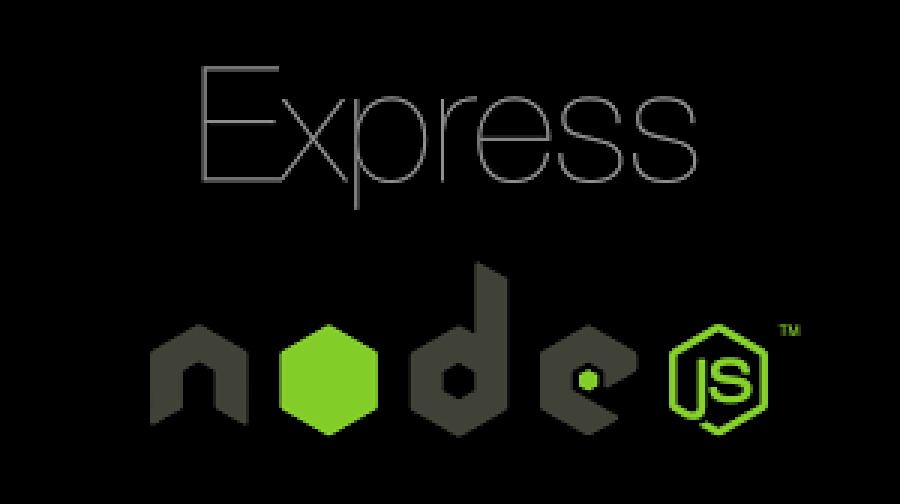Best Practices for API Security and Authentication
In the digital age, Application Programming Interfaces (APIs) have become integral to software development, enabling seamless integration and communication between diverse systems. However, as APIs proliferate, they also become prime targets for cyber threats. Ensuring robust security and authentication mechanisms is paramount to protect sensitive data and maintain user trust. This article explores best practices for API security and authentication, providing actionable insights for developers and organizations.
Introduction
APIs serve as bridges connecting different software applications, facilitating data exchange and functionality extension. Their widespread adoption has revolutionized how applications interact, but it has also introduced significant security challenges. Unauthorized access, data breaches, and service disruptions are common risks associated with poorly secured APIs. Implementing effective security measures and authentication protocols is essential to mitigate these risks and ensure the integrity and confidentiality of the systems involved.
Understanding API Security and Authentication
API security encompasses the strategies and practices employed to protect APIs from malicious attacks and unauthorized access. Authentication, a critical component of API security, verifies the identity of users or systems attempting to access the API, ensuring that only authorized entities can interact with it.Frontegg
Key Concepts:
Authentication: The process of verifying the identity of a user or system.Stack Overflow Blog+2GitGuardian Blog+2Frontegg+2
Authorization: Determining the permissions and access levels granted to an authenticated user or system.
Tokens: Digital credentials used to authenticate and authorize users, often implemented through standards like OAuth 2.0 and JSON Web Tokens (JWT).
Best Practices for API Security and Authentication
Implementing the following best practices can significantly enhance the security of your APIs:
Always Use TLS Encryption
Transport Layer Security (TLS) encrypts data transmitted between clients and servers, protecting it from interception and tampering. Ensuring that your API endpoints use HTTPS is fundamental to safeguarding data in transit.
Implement Strong Authentication Mechanisms
Utilize robust authentication protocols such as OAuth 2.0 and OpenID Connect. These frameworks provide secure and standardized methods for token-based authentication, allowing users to grant limited access to their resources without exposing credentials.
Employ Multi-Factor Authentication (MFA)
Adding an extra layer of security through MFA requires users to provide multiple forms of verification before accessing the API. This approach significantly reduces the risk of unauthorized access due to compromised credentials.
Use API Gateways
API gateways act as intermediaries between clients and your backend services, providing a centralized point for managing and securing API traffic. They can enforce security policies, rate limiting, and monitor usage patterns to detect anomalies.
Implement Rate Limiting and Throttling
Protect your APIs from abuse and denial-of-service attacks by limiting the number of requests a client can make within a specific timeframe. This ensures fair usage and preserves system performance.
Avoid Exposing Sensitive Information in URLs
Including sensitive data such as API keys or tokens in URLs can lead to exposure through server logs or browser histories. Instead, transmit such information in HTTP headers or request bodies.
Regularly Rotate and Secure API Keys
Manage API keys diligently by rotating them periodically and restricting their usage to specific IP addresses or referrers. Store keys securely and avoid hardcoding them in your applications.
Validate and Sanitize Inputs
Implement input validation to prevent injection attacks and ensure that incoming data adheres to expected formats. Sanitizing inputs helps mitigate risks associated with malicious data payloads.
Monitor and Log API Activity
Maintain comprehensive logs of API activity to detect and respond to suspicious behavior promptly. Monitoring tools can help identify patterns indicative of potential security threats.
Stay Updated with Security Standards
Regularly review and update your security practices to align with the latest industry standards and frameworks. Engage with communities and resources like the OWASP API Security Project to stay informed about emerging threats and mitigation strategies.
Conclusion
Securing APIs is a multifaceted endeavor that requires a comprehensive approach, integrating robust authentication mechanisms, diligent management of credentials, and proactive monitoring. By adhering to the best practices outlined above, developers and organizations can significantly reduce the risk of unauthorized access and data breaches, ensuring the reliability and trustworthiness of their APIs.


 by Emily
by Emily




